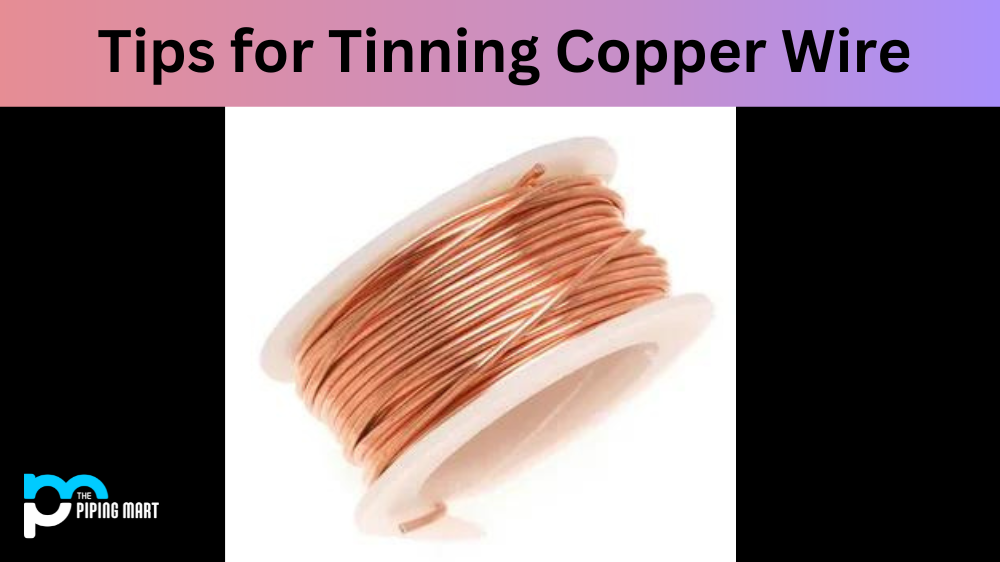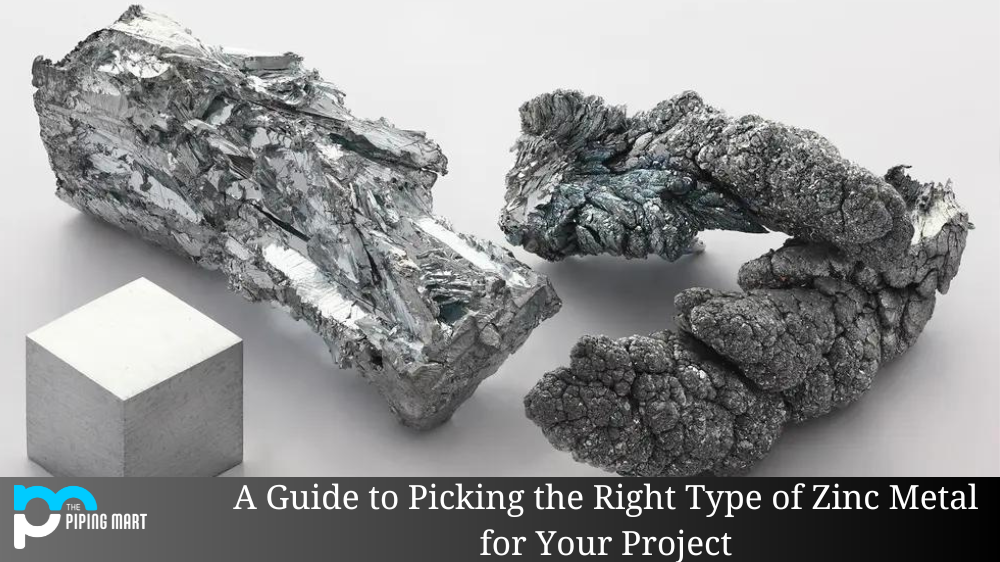Aluminium is one of the most popular metals for a wide variety of applications. It is lightweight, strong, and malleable, making it an ideal choice for many projects. That said, not all aluminums alloys are created equal. In this blog post, we’ll be comparing two commonly used types of aluminum—6061 and 5754—to help you decide which one is right for your project.
Aluminium 6061
Aluminium 6061 is an alloy that contains magnesium, silicon, iron, copper, zinc, and titanium in addition to aluminum. It’s a precipitation-hardened alloy that has excellent corrosion resistance and a high strength-to-weight ratio. It’s also easy to machine or weld. This makes it a popular choice for aerospace components as well as structural parts such as extrusion frames or vehicle components. It’s often used in cylinder heads and pistons as well. aluminum 6061 is an alloy that contains magnesium and silicon as well as aluminum. It is a strong, versatile metal that is used in a wide range of applications, including aircraft construction, boat building, and automotive parts.
Aluminium 5754
Aluminium 5754 is another alloy that contains magnesium and manganese in addition to aluminium. This gives the alloy higher strength than other aluminum alloys with similar levels of corrosion resistance. It also has excellent formability, which makes it ideal for use in deep drawing operations such as those used in automotive manufacturing. It can withstand extreme temperatures without losing its strength or corroding, making it a popular choice for cryogenic tanks as well as chemical storage tanks. Aluminium 5754 is an alloy that contains magnesium and chromium as well as aluminum. It is a strong, corrosion-resistant metal that is used in a wide range of applications, including roofing, gutters, and chemical tanks.
Difference Between Aluminium 6061 and 5754
Strength
aluminum 6061 is significantly stronger than 5754, making it the better choice for applications where strength is important. For example, 6061 is often used in aircraft construction because of its high strength-to-weight ratio.
Corrosion Resistance
Aluminium 5754 has better corrosion resistance than 6061, making it the better choice for applications where corrosion resistance is important. For example, 5754 is often used in roofing and gutters because it will not corrode in the presence of moisture.
Weldability
aluminum 6061 is more weldable than 5754, making it the better choice for applications where welding is required. For example, 6061 is often used in automotive parts because it can be easily welded to other metals.
Machinability
Aluminium 6061 is more machinable than 5754, making it the better choice for applications where machining is required. For example, 6061 is often used in boatbuilding because it can be easily cut and shaped into the desired shape.
Price
aluminum 6061 is generally more expensive than 5754 because it is a stronger and more versatile alloy. However, the price difference between the two alloys will vary depending on the specific application.
Availability
aluminum 6061 is widely available from most metal suppliers. However, 5754 may be difficult to find in some areas because it is not as commonly used as 6061
Conclusion:
As you can see, each type of aluminium alloy offers unique advantages depending on your application needs. Aluminium 6061 is better suited for aerospace applications, while aluminum 5754 is better suited for automotive applications due to its superior formability and greater strength at higher temperatures. If you’re still unsure which type of aluminum to use for your project, consulting with an engineer or professional metalworker could be beneficial in helping you make the right decision based on your individual needs. No matter which type of aluminum you choose to work with, though, both alloys offer great benefits when used properly!
Sakshee is a talented blogger, with a particular focus on the Business and Metal Industry. She is passionate about sharing her insights on various metal products and helping professionals to make a better decisions.




